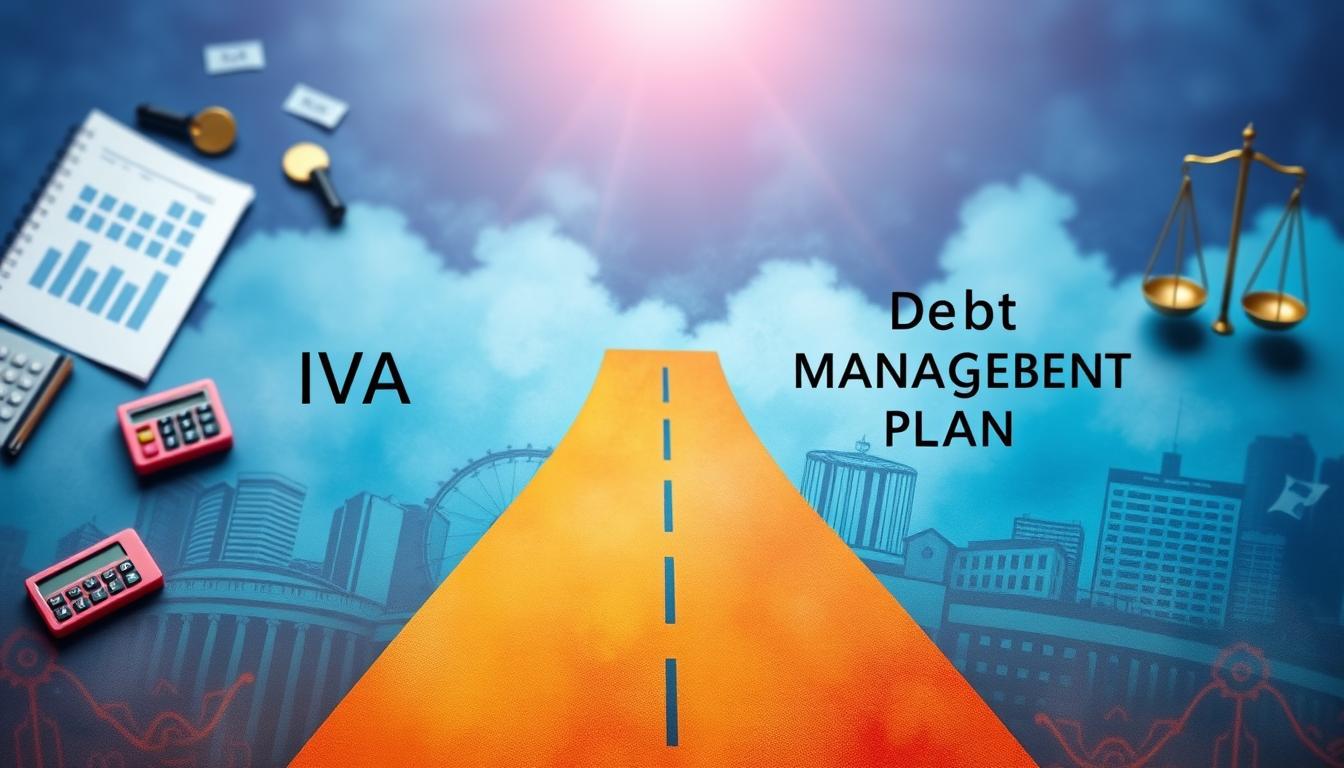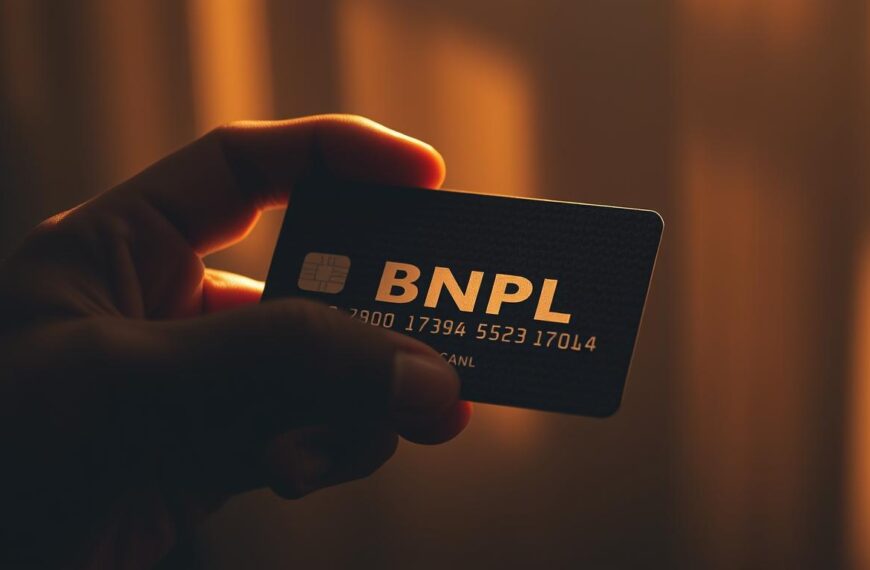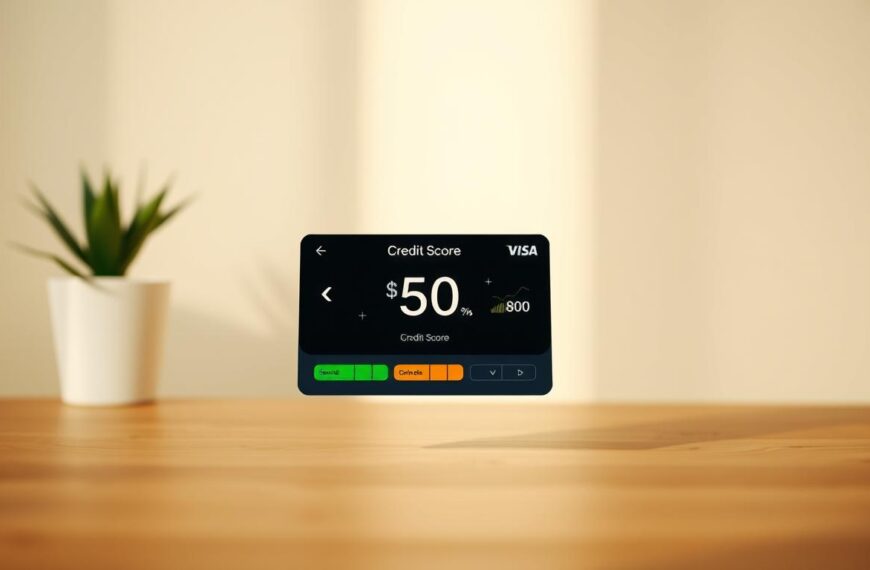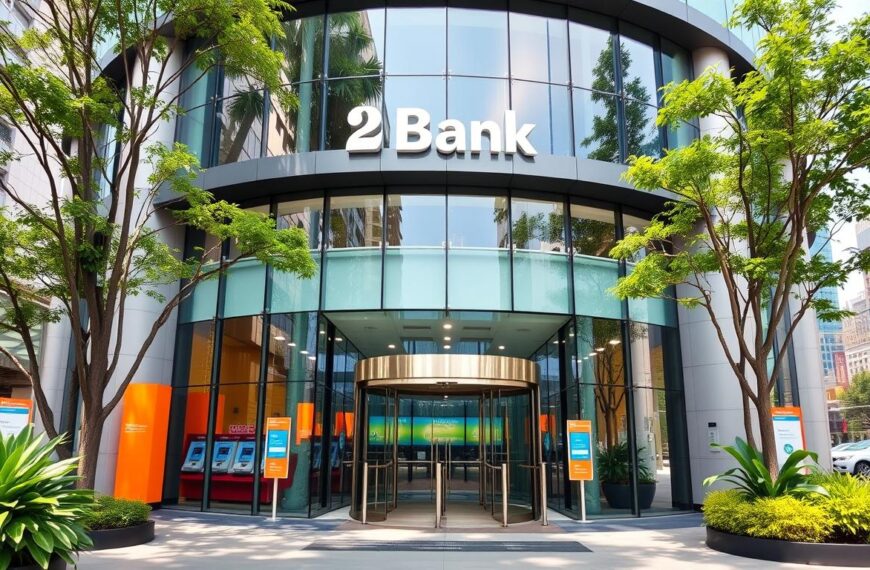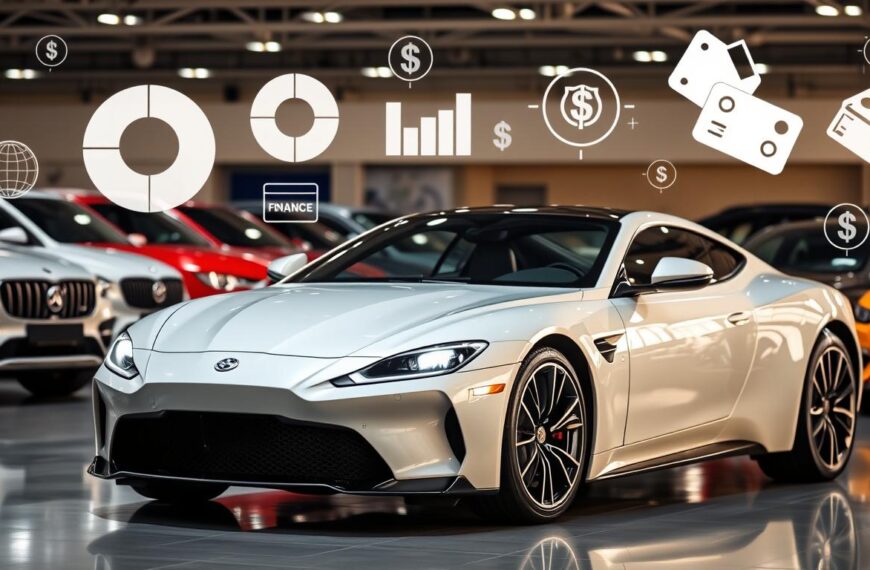When it comes to debt solutions in the UK, two popular options are Individual Voluntary Arrangements (IVAs) and Debt Management Plans (DMPs). Both aim to help individuals manage their debts. However, there are key differences between these two debt solutions. In this article, we’ll explore the similarities and essential distinctions between IVAs and DMPs. This will help you make an informed decision about the best path forward for your financial wellbeing.
Understanding Debt Solutions: IVAs and DMPs at a Glance
People with debt have two main choices: an Individual Voluntary Arrangement (IVA) or a Debt Management Plan (DMP). Both offer ways to tackle unsecured debts, each with its own benefits and things to consider.
What is an Individual Voluntary Arrangement (IVA)?
An IVA is a formal agreement that lasts about 5-6 years. It’s managed by an insolvency practitioner1. It combines unsecured debts into one payment, with a chance to write off part of the debt at the end1.
IVAs need 75% of creditors to agree and badly hurt your credit score2.
What is a Debt Management Plan (DMP)?
A DMP is a flexible plan with no set end date. It’s managed by a debt company to sort out unsecured debts1. The goal is to pay off all debts, which can take years, up to 20 in some cases1.
DMPs don’t need creditor approval and don’t hurt your credit as much as an IVA2.
Basic Comparison Overview
IVAs are formal, legally binding, and managed by an insolvency practitioner, while DMPs are informal and flexible1. IVAs might write off some debt, but DMPs aim for full repayment1.
IVAs need creditor approval and badly affect your credit score, but DMPs are less strict2.
| Feature | IVA | DMP |
|---|---|---|
| Arrangement Type | Formal, legally binding | Informal, flexible |
| Duration | Typically 5-6 years, can be extended1 | No fixed duration, can last up to 20 years1 |
| Debt Repayment | Potential for partial debt write-off1 | Aim for full debt repayment1 |
| Creditor Approval | Requires 75% creditor approval2 | No creditor approval required2 |
| Credit Impact | Severe impact, IVA marker for 6+ years2 | Lesser impact on credit record2 |
Choosing between an IVA and a DMP depends on your financial situation and goals. It’s wise to talk to an insolvency practitioner or a debt repayment expert to find the best option for you2.
“The key to managing debt is finding the right balance between your financial obligations and your ability to make payments. Both IVAs and DMPs can be effective solutions, but the choice ultimately depends on your specific needs and goals.”
Key Similarities Between IVAs and DMPs
Individual Voluntary Arrangements (IVAs) and Debt Management Plans (DMPs) help with unsecured debts in similar ways. Both debt consolidation options make monthly payments easier for those with unsecured debts3.
IVAs and DMPs offer monthly payments that fit the person’s budget. This makes managing debt simpler, as you only have one payment to worry about3.
- IVAs and DMPs put secured debts and essential costs first, then tackle unsecured debts3.
- They’re not for secured debts, which need their own plans3.
Both IVAs and DMPs help manage and pay off unsecured debts in a way that’s easier on the wallet3.

“The key similarities between IVAs and DMPs are their focus on consolidating unsecured debts and making monthly payments more manageable for individuals in financial distress.”
Is an IVA a Debt Management Plan: Essential Differences
Many people wonder if an Individual Voluntary Arrangement (IVA) is the same as a Debt Management Plan (DMP). While they share some similarities, there are key differences. Let’s look at these differences to help you decide.
Formal vs Informal Arrangements
An IVA is a formal, legally binding agreement. It’s between the debtor and their creditors, overseen by an insolvency practitioner4. A DMP, however, is an informal plan. The debtor talks directly with creditors to set up a repayment plan, without legal formalities.
Duration and End Dates
IVAs last 5-6 years with a clear end date for debt repayment5. DMPs, on the other hand, go on until the debt is paid off. This can take longer, depending on the individual’s finances and the repayment plan.
Interest and Charges Treatment
An IVA’s big advantage is freezing interest and charges from the start5. This can greatly reduce the debt over time. DMPs don’t automatically freeze these, so the debt can grow.
IVAs can also write off part of the debt, usually around 10% or less5. DMPs aim for full repayment. This write-off can offer relief for those with huge debts.
Another difference is that creditors can’t contact you directly during an IVA5. In a DMP, they can still reach out. This can offer more peace of mind for those in an IVA.
In summary, IVAs and DMPs both aim to help with debt. But they differ in legal status, duration, how they handle interest and charges, debt write-off, and creditor contact. Knowing these differences can help you choose the best debt solution for your situation.
Qualifying Criteria and Eligibility Requirements
Understanding the criteria for debt solutions is key. This includes Individual Voluntary Arrangements (IVAs) and Debt Management Plans (DMPs)6. To qualify for an IVA, you must owe £7,000 or more to two or more creditors. You also need to live in England, Wales, or Northern Ireland6.
Additionally, you must have a steady income of at least £100 for monthly payments6.
DMPs, however, don’t have a minimum debt amount. But, you need some disposable income for debt repayments7. IVAs need 75% creditor approval, while DMPs rely on creditor discretion for repayment terms8. You can’t have both an IVA and a DMP at the same time.
Choosing between an IVA and a DMP depends on your debt, income, and creditor offers7. Getting professional advice is vital. It helps find the best debt solution for your financial situation.
FAQ
What is the difference between an Individual Voluntary Arrangement (IVA) and a Debt Management Plan (DMP)?
An IVA is a formal agreement with a 5-6 year term, managed by an insolvency practitioner. It can lead to some debt being written off. On the other hand, a DMP is informal and has no fixed term. It aims for full repayment of debts.
What are the eligibility requirements for an IVA and a DMP?
For an IVA, you need at least £6,000 in debt and £80 monthly disposable income. DMPs don’t have a debt minimum but need some disposable income. Both mainly tackle unsecured debts.
How do IVAs and DMPs impact credit ratings?
Both IVAs and DMPs harm your credit score, showing financial trouble. But, IVAs are more severe, affecting your score more and for longer.
Can an IVA and a DMP be used simultaneously?
No, you can’t have both an IVA and a DMP at the same time. You must pick one debt solution.
How do IVAs and DMPs handle interest and charges on debts?
IVAs freeze interest and charges, protecting you from extra costs. DMPs don’t offer this protection, so you might face more debt during the plan.
Can creditors still contact individuals during an IVA or DMP?
Creditors can’t reach out directly during an IVA, offering more protection. But, they can contact you during a DMP, which offers less protection.

